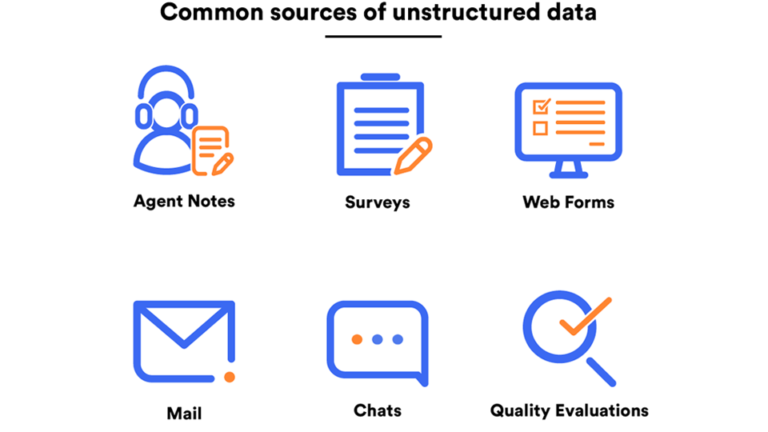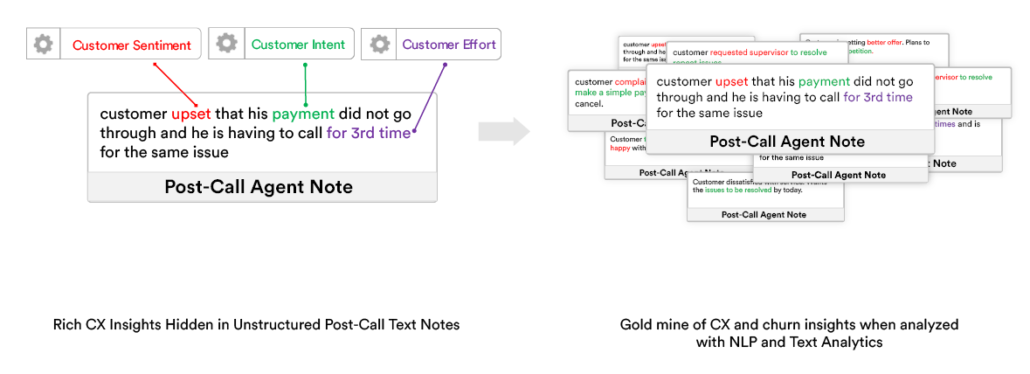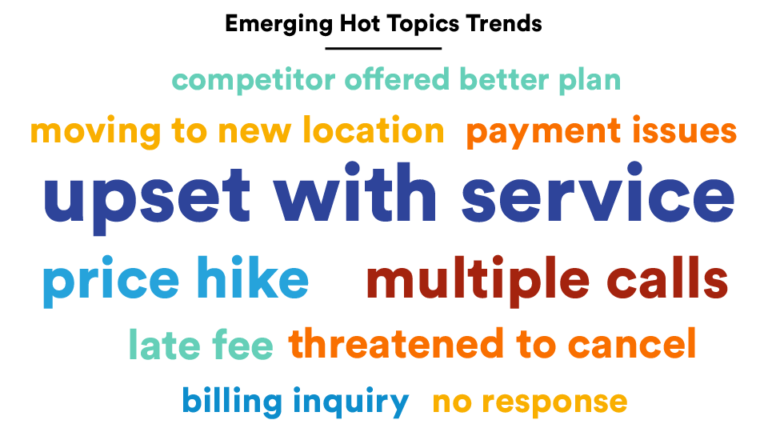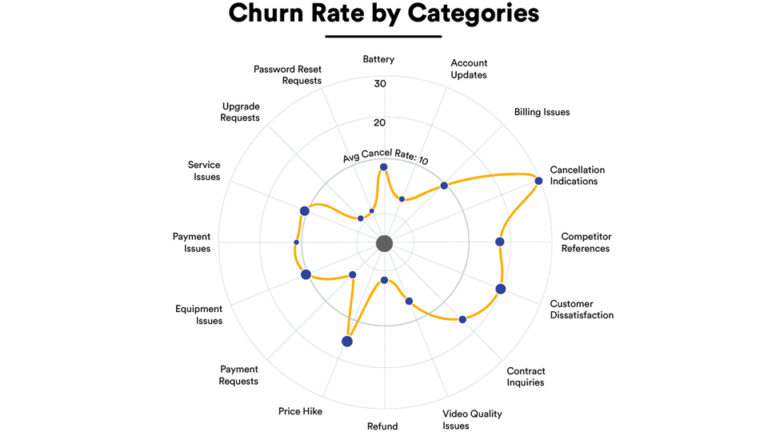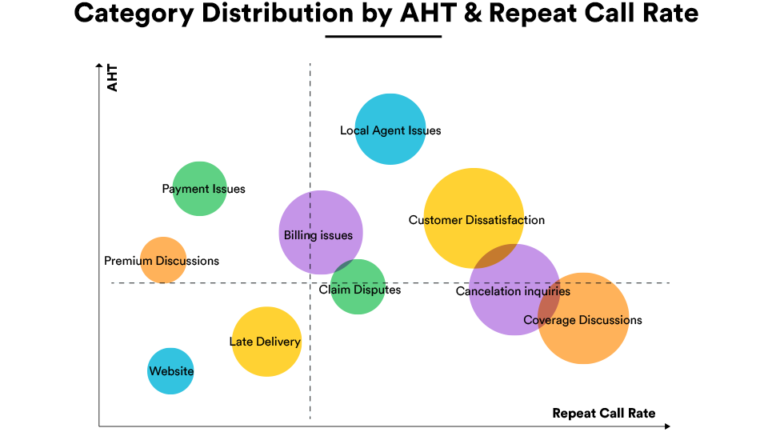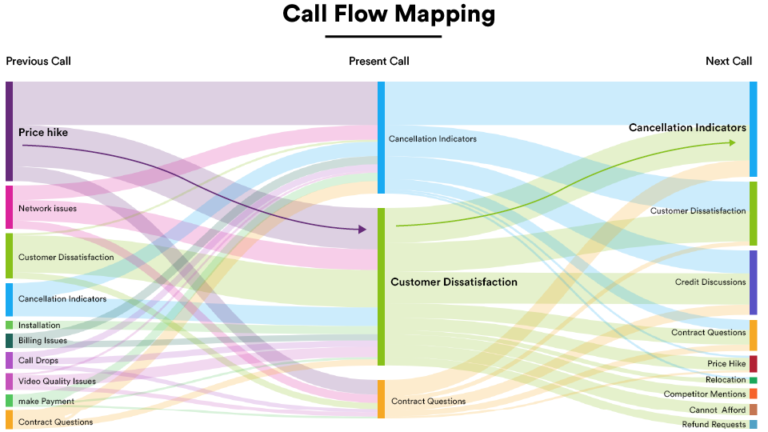Improving Customer Retention Strategies with Unstructured Data

Improving Customer Retention Strategies with Unstructured Data
Unstructured data is any information that isn’t specifically structured for machines to understand easily. According to Gartner, unstructured data accounts for 80% of the business information but most businesses don’t effectively leverage it.
Why unstructured data?
Structured data contains “what” your customers did, while unstructured data can answer “why” they did it. Unstructured data consists of valuable customer insights such as their wants, wishes, needs, and pain points. If unstructured data usage becomes more prevalent in the world of feedback, the chances of mitigating churn will rise exponentially.
IDC estimates that by 2020,37% of unstructured data will be useful if properly analyzed, resulting in productivity gains of $430 billion for organizations.
6 ways unstructured data can support retention activities:
1. Perform root cause analysis of churn at scale:
Unmet customer expectations result in churn. Therefore, the strongest possible proactive customer retention program by far is simply providing your customers with a frictionless customer experience which meets their expectations. The current feedback mechanism involving surveys with low volume cannot identify customer’s intent at scale. However, in call centers, agents notate all their interactions in text format. Depending on a company’s size, this can grow to millions of rows of data annually. These unstructured agent notes can help us understand customers’ intent and sentiment at scale with greater accuracy.
2. Detect churn early as it emerges:
Unstructured textual data analysis can play a crucial role in identifying emerging churn. By leveraging text analytics technology, you can uncover sentiment, intent, effort, and customer risk signals from call center text notes. Simultaneously AI and machine learning can help uncover complex behavior patterns leading to churn tendencies. Since these churn indicators are picked up from customer interactions on a near real-time basis, they help with easy detection of upcoming trends leading to churn early in the customer lifecycle. Early detection helps companies take necessary actions for retaining customers at scale before it is too late.
3. Spot addressable churn risk:
Not all customers are the same, and not all churn is equal. Setting unreasonably high retention goals is foolhardy. For example: If a customer is relocating to a non-serviceable location then such churn is simply non-addressable. However, churn due to customer dissatisfaction is addressable and must be approached with proactive issue resolution strategies before it grows into a costly retention problem.
By analyzing historical customer interactions, models can easily predict addressable risk scenarios. Then retention teams can put targeted focus and effort towards effectively resolving issues of such customers proactively, achieving maximum impact from their retention efforts.
4. Deep customer segmentation for targeted marketing:
The insights gained out of agent notes are proving highly accurate and actionable. These insights are further strengthened with additional customer data like demographics, surveys, transactional history, etc. This unified customer record creates new possibilities for deeper customer segmentation and provides a better understanding of each customers behavior. Once the typical behavioral patterns of each customer are identified, you can segment customers based on their propensity to churn. Once these segments are created, it is easy for marketing teams to perform targeted marketing by creating meaningful outreach programs that can be highly effective in handling churn.
5. Build competitive intelligence:
Dissatisfied customers generally end up revealing competitor names while trying to resolve their issues and agents capture the interaction in the form of text notes. With the help of natural language processing, such data can be easily extracted, and deep knowledge about competitors, their offerings, and their area of demographic strength can be revealed. Using these insights, you can make better offers to your customers and stay ahead of your competitors.
6. Reduce customer effort:
Improving customer experience is responsible for reducing churn. Reducing customer effort is a crucial part of improving customer experience. By tracking calls at call centers, one can understand the call drivers and what is causing repeat calls from customers. By understanding the overall call flow through repeat call mapping, you can identify process gaps resulting in the customer putting in effort to resolve their issues leading to dissatisfaction which ultimately leads to churn.
Takeaway:
To sum up, it is essential to recognize that leveraging all unstructured customer data available in contact centers has immense benefits for businesses. It helps them understand whom their high-risk customers are, thereby helping companies take preventive measures potentially preventing revenue loss.

